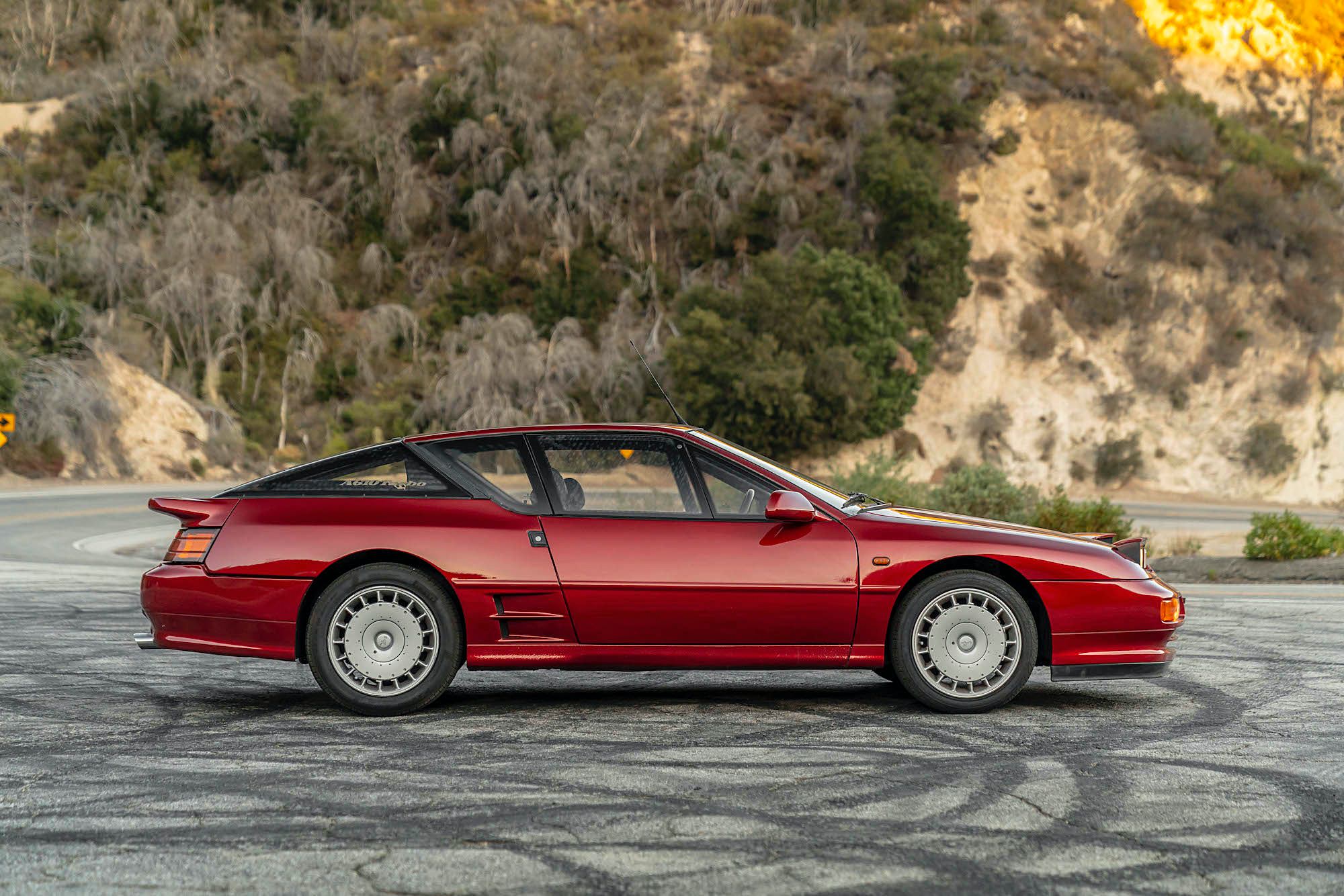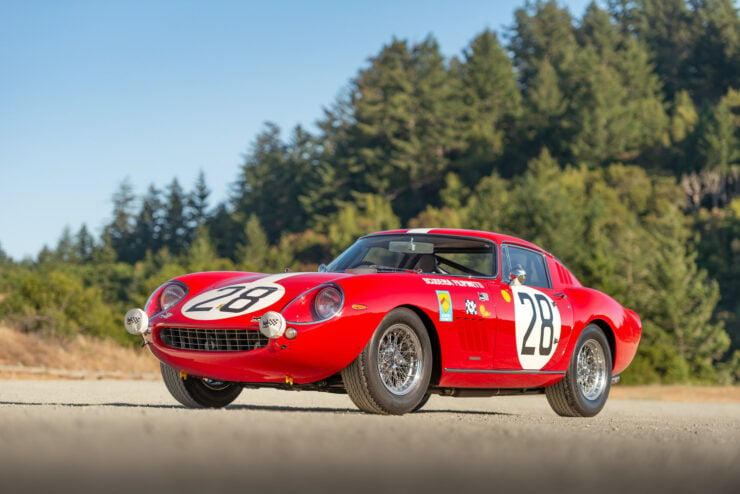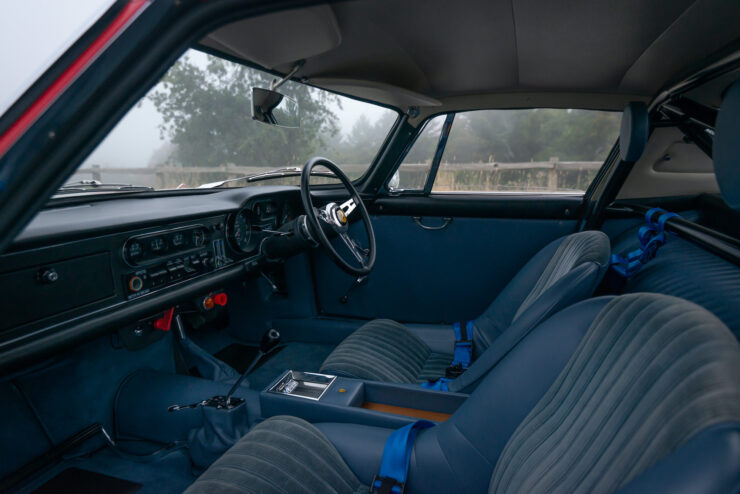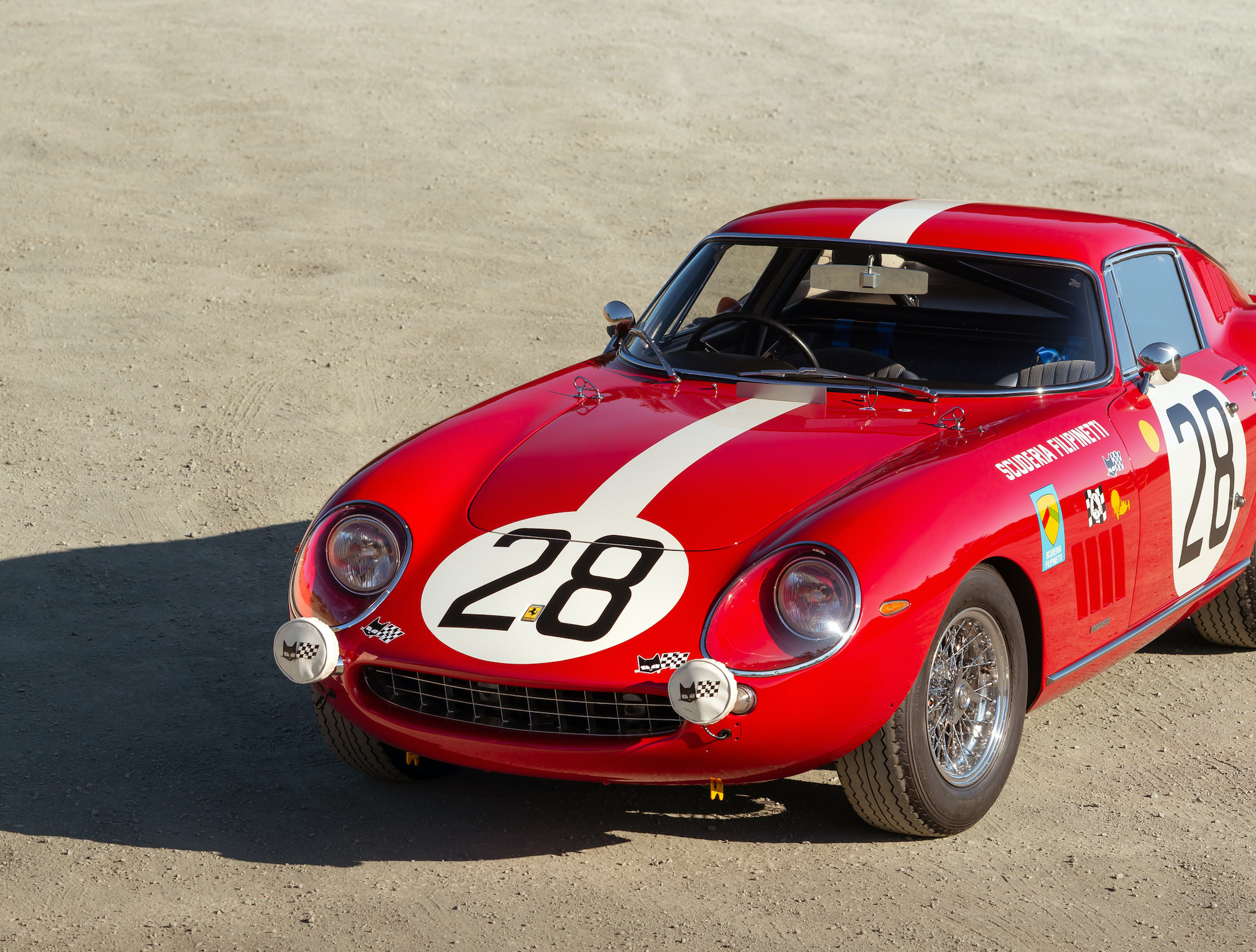






suzhou gardens in summer by 火之星2100
from Tumblr https://somar78.tumblr.com/post/659509076036812801

by Marco Varano Photography https://flic.kr/p/2gnFvro
The Alpine A610 would be the last hurrah of the small but celebrated French automaker, it would represent the ultimate evolutionary iteration of the car that started out as the Alpine A310, before being developed into the Alpine GTA, and from there into the A610.
Alpine introduced the A610 in 1991, it looked similar the outgoing GTA model however it used all new body panels and popup headlights in place of the fixed headlights of its predecessor. Power was now provided by the considerably more powerful turbocharged PRV 90º V6, producing 247 bhp.
The Alpine A610 was built between 1991 and 1995, it would be the final production car from the French automaker until the marque was resurrected by Renault in 2017 with the release of the all new Alpine A110.
Alpine (pronounced al-peen) was originally founded back in 1954 by Jean Rédélé, the owner of a garage in Dieppe, in northern France. Rédélé started out racing a Renault 4CV and over time he incorporated a slew of his own upgrades and modifications, including cars with special lightweight aluminum bodies that he raced at the 24 Hours of Le Mans and Sebring in the early 1950s.
Rédélé stared Alpine in 1954, the company’s first car was the Alpine A106, it used a Renault 4CV chassis and running gear, with a new body was designed by Giovanni Michelotti and built from fiberglass by Chappe et Gessalin – fiberglass being a state-of-the-art material at the time.
The A106 enjoyed a number of successes in competition and it led to the development of a series of similar cars including the A108 and perhaps the most famous of all, the Alpine A110. Alpine enjoyed a significant number of race and rally wins over the 1960s and 1970s, including winning the World Rally Championship.
By the 1980s the company was building production cars and competing with the likes of the Porsche 944 and the similarly fiberglass-bodied sports cars from companies like Lotus and TVR. Alpine was still using the same fundamental architecture for its cars, that is a fiberglass (and polyester) body fitted to a steel backbone chassis.
By the mid-1970s when the Alpine A310 was introduced the style became modern overnight, with futuristic-looking cars that almost appeared to have been driven out of a Syd Mead illustration. The A310 was followed by the similarly futuristic Alpine GTA, which then made way for the car you see here, the Alpine A610 which would also be the final production car built by the marque in its original incarnation.
Unlike the Alpine A310 which had a body moulded in a single piece, the GTA and the A610 had bodies moulded in a series of body panels which were then combined. This made the car far easier to build and far easier to repair in the event of an accident.
The A610 would be one of the fastest production Alpines ever built, thanks to its rear-mounted 3.0 liter PRV 90º V6 engine producing 247 bhp at 5,750 rpm and 258 lb ft of torque at 2,900 rpm. This engine was used in a number of different configurations in a wide variety of vehicles, including the DMC DeLorean, the Venturi 400, and the Renault Espace.
For use in the A610 the PRV V6 was fitted with a Garrett AiResearch T3 turbocharger producing 11.0 PSI (0.76 bar), which is why it is able to produce such healthy torque figures so low in the rev range.
Power is sent to the rear wheels via a 5-speed manual transmission and the car is capable of doing the 0 – 62 mph dash in 5.9 seconds then on to a top speed of 165 mph or 265 km/h.
Just 818 examples of the Alpine A610 were ever made and they’re now starting to appear on the radar of enthusiasts and collectors, perhaps helped on a little by the rebranding of the Renault Formula 1 Team to Alpine and the release of the new Alpine A110.
The A610 you see here is a 1993 model finished with Scarlet Red Pearl paintwork with a grey leather interior, it has just 66,672 kms (41,428 miles) on the odometer and it benefits from a comprehensive servicing which was carried out recently.
This car was originally exported to Japan, it was then shipped to the United States more recently where it’s now road registered. The car is still fitted with its original 16-inch ‘turbine’ alloy wheels, now shod with Pirelli rubber front and back.
Inside the car you’ll find many modern conveniences, like power windows, air-conditioning, a heated rear screen, and seating for four adults in leather upholstered bucket seats.
This unusual Alpine is one of the best A610 survivors we’ve seen in recent memory, it’s not known how many have survived to the modern day and there are very few on the the road in the United States.
If you’d like to read more about it or register to bid you can click here to visit the listing on Collecting Cars.
Images courtesy of Collecting Cars

The post For Sale: An Unusual Alpine A610 – 1 Of 818 Ever Made appeared first on Silodrome.
The Ferrari 275 GTB Competizione is a car that very nearly never existed, it was hurriedly developed from the standard 275 GTB road car after the FIA refused to homologate Ferrari’s mid-engined 250 LM for GT class racing.
This refusal made perfect sense, as the 250 LM was far more akin to a prototype than a production-based GT class competitor. This left Enzo Ferrari with a dilemma, the Ferrari 250 GTO was too long in the tooth to be competitive and so a new GT class racing car was needed, and it was needed quickly.
The Ferrari 275 GTB started production in 1964, in Ferrari tradition the model name was derived from the size of a single cylinder and the vehicle’s styling. This car has an individual cylinder capacity of 275cc and it’s a grand touring (GT) car with a Berlinetta body style (a hardtop coupe), so the model name was “275 GTB.”
The 275 GTB represented a significant evolutionary advance over the outgoing 250 GT models, it would be the first Ferrari road car with four-wheel independent suspension, and it had near perfect front/rear weight distribution thanks to the use of a rear-mounted transaxle that helped shift weight backward.

Just 12 examples of this version of the Ferrari 275 GTB Competizione were built, all with lightweight, thin-gauge alloy bodies and 300+ hp Ferrari Tipo 213 Colombo V12 engines.
The ever popular styling of the 275 GTB was completed by Pininfarina and the bodies themselves were built in steel for the regular road cars, and aluminum alloy for specials and competition cars.
Enzo Ferrari had hoped to replace the successful Ferrari 250 LM, a mid-engined supercar that had very little in common with the company’s regular production cars. The FIA had nixed this idea and so Ferrari technical director Mauro Forghieri and his team of engineers set to work creating an all-out racing version of the still-new 275 GTB.
Forghieri first designed a lighter chassis for the car using smaller diameter tubing, the engine was mounted lower and further back thanks in part to it being a dry sump V12 design from the 250 LM, and the body was made from such thin aluminum alloy that just leaning on it would leave a dent.
The engineering team had an understandable obsession with saving as much weight as possible, so the transaxle casing, sump plate, clutch bell housing, and the timing case covers were all cast in lightweight magnesium alloy.
The windshield was a regular production glass unit but all other windows were replaced with Plexiglas. The completed car tipped the scales at just 980 kgs (2,160 lbs), only a few kilograms more than an MGB Roadster.
These new 275 GTB competition cars were so light that the FIA refused to homologate them, once again noting that the cars didn’t have a whole lot in common with the production models.
Ferrari engineers went back to work and created a car that would meet the FIA’s demands – building three Speciale 275 GTB competition examples which were officially approved (after some heated debate and Ferrari threatening to abandon racing entirely) and allowed to race.
Not long after the car had been approved it took a class win at the 1965 24 Hours of Le Mans, having proven its mettle Enzo Ferrari signed off on the production of 10 cars for the 1966 season intended for privateer racers who wanted to user them to compete.
These Competizione Clienti cars were much more similar to the standard production GTB, though they did have alloy bodywork, racing fuel fillers, additional body vents for heat dissipation, and larger fuel tanks for endurance racing.
The final cars built in this series would be the Ferrari 275 GTB/C, of which 12 would be built, these were vastly changed from the earlier competition cars and they incorporated a slew of upgrades as a result.

The interior is surprisingly well-appointed for a competition car, with full carpeting and upholstery, and two bucket seats.
The 275 GTB/C, otherwise known as the 275 GTB Competizione, was based on the long-nose variant of the 275, they all featured specially lightened chassis and aluminum bodies that used exceptionally thin sheet metal to save weight. They were fitted with twin 140-liter fuel tanks, alloy floorpans, and like the first generation they used magnesium extensively in castings and other parts to save weight.
Power was provided by the Ferrari Tipo 213 Colombo V12 competition engine capable of 300+ bhp, with a bore/stroke of 77mm x 58.8mm, a compression ratio of 9.5:1, and a single overhead camshaft per bank with two valves per cylinder. The engine was topped with six Weber 40 DCN/2 carburetors and the total swept capacity is 3286cc, or 3.3 liters.
The 275 GTB/C proved to be a significant success for Ferrari, winning a slew of important races including a class win at the 1967 Targa Florio, more class wins at the 1966 and 1967 24 Hours of Le Mans, and outright victory in the 1966 and 1967 Italian GT Championship.
The surviving cars today are worth considerable sums, up to and over $10,000,000 USD, with examples that took race victories in period fetching an understandable premium.
The car you see here is one of those final 12 competition variants of the 275 GTB, this is the car that took a class win at the 1967 24 Hours of Le Mans, followed by class wins in the 1969 1000 KM of Spa-Francorchamps, and the 1969 500 KM of Imola.
It’s currently fitted with a six-carburetor high-performance engine and a custom transaxle built by Roelhofs Engineering of The Netherlands, however it comes with the numbers-matching engine and gearbox as part of the sale.
After a restoration in 2018 it’s now optimized for vintage competition, and it will doubtless be welcomed at any event the new owner should wish to attend. It’s now due to pass across the auction block on the 13 of August with a price guide of $8,000,000 – $10,000,000 USD and it’s Ferrari Classiche Red Book certified.
If you’d like to read more or register to bid you can click here to visit the listing on RM Sotheby’s.
Images: Robin Adams ©2021 Courtesy of RM Sotheby’s

The post A Rare $8 Million Dollar Track Weapon: The Ferrari 275 GTB Competizione appeared first on Silodrome.